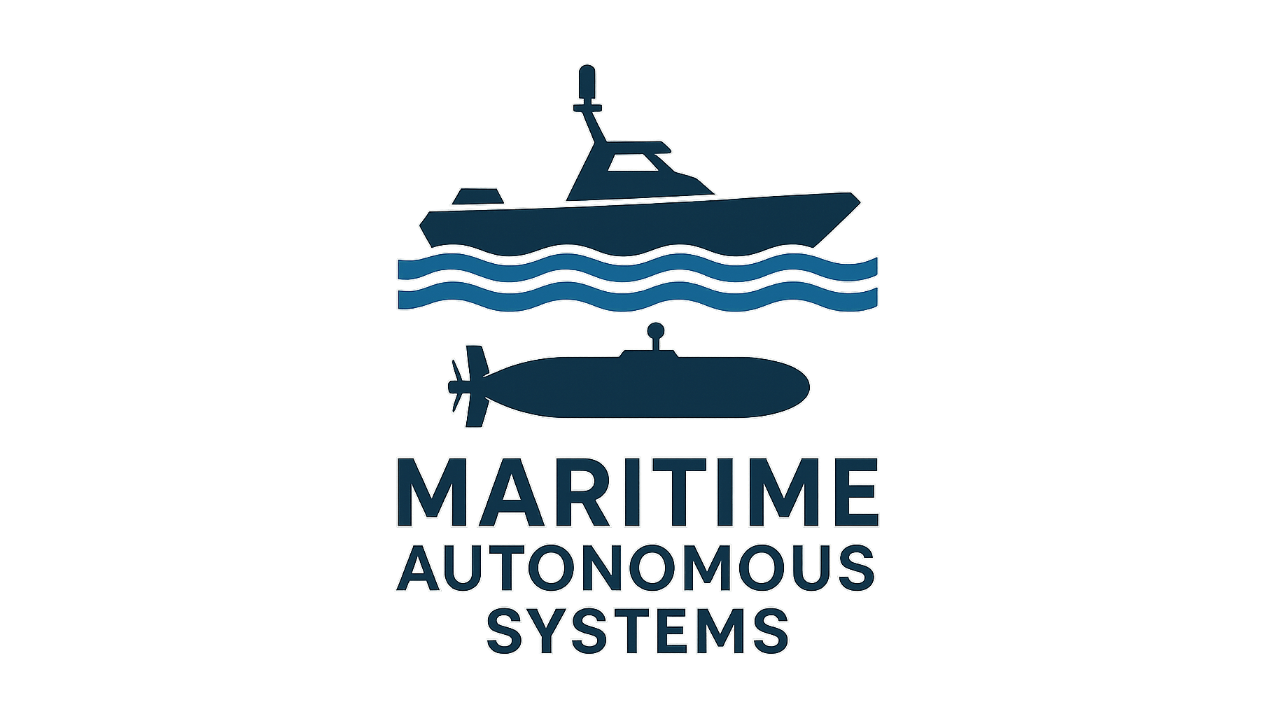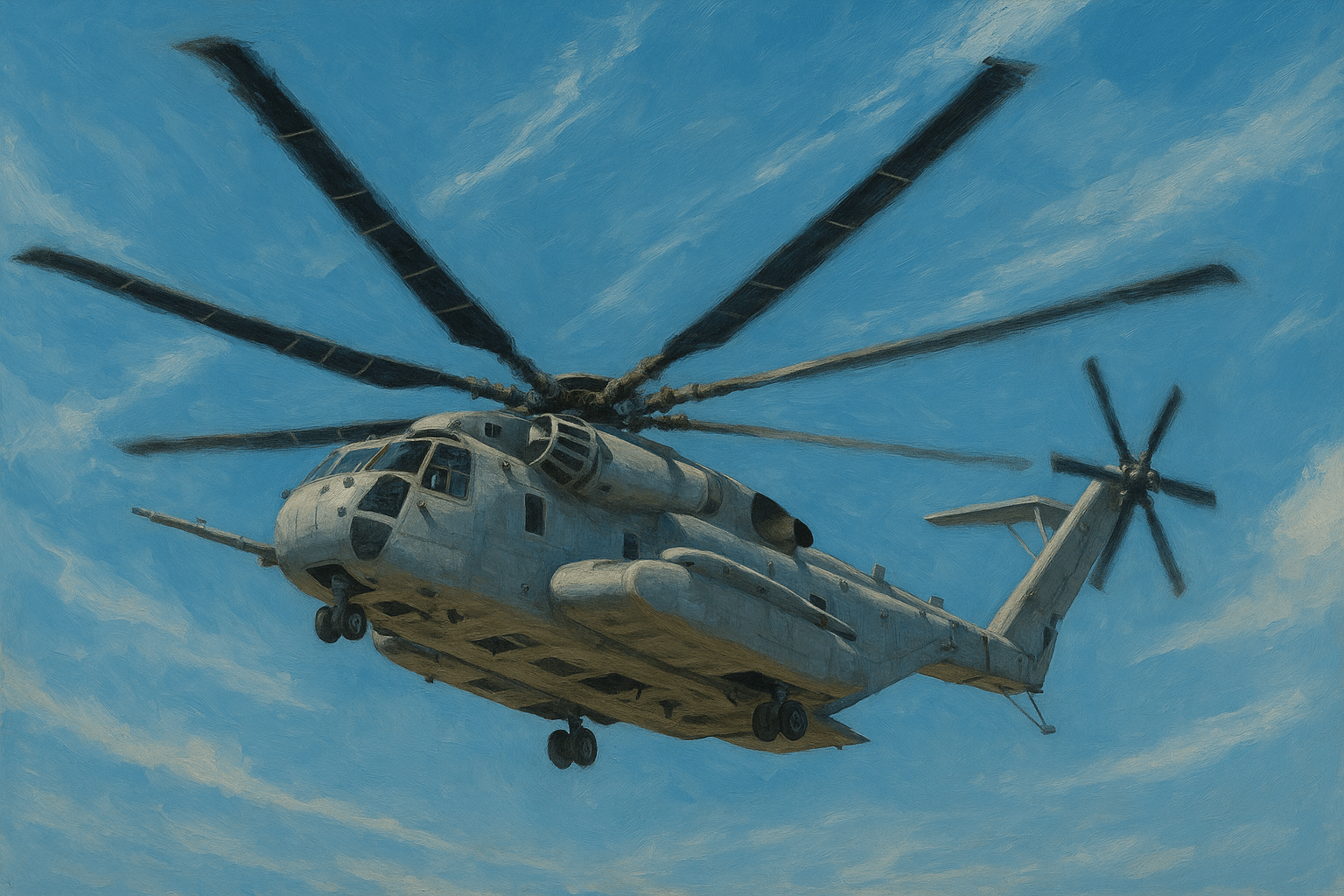The Defense.info team offers a range of insightful podcasts, designed to provide a scaffolded perspective on critical global strategic issues. Each episode unpacks layered insights on defense and security, building a clearer, well-supported understanding of complex topics. Exclusively available on our website, these podcasts give listeners an essential framework to interpret the latest developments with context and depth. Many of these podcasts highlight our longer reports or publications and provide a discussion of their findings and perspectives.

Australia faces an extraordinary maritime security challenge that would overwhelm most nations. With 37,000 kilometers of coastline and an exclusive economic zone spanning 8.2 million square kilometers—larger than the continental United States—traditional defense approaches simply cannot provide adequate coverage. Under Rear Admiral Brett Sonter’s leadership, the Australian Maritime Border Command is pioneering a fundamentally different model that could reshape how militaries worldwide approach capability development.
The transformation began with what most organizations would consider a fatal setback. A previous six-month trial of uncrewed surface vessels had failed to meet expectations, producing results that would typically end further investment in the technology. Rather than abandoning the concept, Sonter recognized that the failure lay not in the technology itself, but in the traditional procurement approach that surrounded it. Lengthy requirement development processes and multi-year acquisition timelines couldn’t keep pace with rapidly evolving uncrewed systems technology.
When Sonter assumed command in January 2024, he initiated a radically different collaboration model. Instead of isolated requirement documents and formal specifications, operational commanders and industry engineers began working side by side. This direct engagement created the nuanced understanding that formal processes often miss—operators could see technical possibilities firsthand, while engineers understood real operational constraints and environmental challenges.
The results were dramatic. During a visit to Darwin, when the Australian company proudly demonstrated detection ranges of two to three nautical miles, Sonter deliberately set an ambitious target: 20 nautical miles. This wasn’t unrealistic pressure but strategic leadership, providing a “north star” that drove breakthrough innovation rather than incremental improvement. The company responded by fundamentally rethinking their approach to sensor integration, data processing, and platform design.
Central to this success is a conceptual shift from platforms to payloads. Traditional acquisition focuses on buying discrete pieces of equipment with defined specifications. Sonter’s approach focuses on the capabilities these platforms deliver—the sensors, data, and operational effects that actually matter for mission success. This payload-centric thinking enables greater flexibility, as different payloads can be optimized for different environments while remaining common across various platforms.
The approach has evolved into what Sonter calls “security clusters”—integrated teams combining uncrewed surface vessels, uncrewed aerial vehicles, and crewed platforms under hybrid command structures. These clusters leverage the unique strengths of each system type. Uncrewed vessels provide persistent surveillance with heavy sensor payloads. Aerial drones offer rapid response across large areas. Crewed platforms bring human judgment and legal authority for interdictions and boardings.
The economic implications extend beyond simple cost savings. By using uncrewed systems for routine surveillance, Australia reserves expensive crewed assets for situations genuinely requiring human intervention. This approach also delivers what Sonter calls “evidence-based operations”—crewed vessels now respond to violations armed with photographic evidence, sonar data, and detailed tracking information, improving prosecution success rates while reducing confrontational situations.
Perhaps most significantly, this model offers a template for regional maritime cooperation. Rather than each Pacific nation developing separate expensive solutions, countries could collaborate on payload development and data sharing while maintaining their preferred platforms. Sensor systems developed for Australia’s northern waters might be equally valuable to Indonesian, Philippine, or Japanese maritime forces, even deployed on completely different vessels.
The lessons extend far beyond maritime security. Direct engagement between operators and industry accelerates innovation dramatically. Ambitious stretch goals inspire breakthrough thinking. Focusing on effects rather than platforms enables flexibility. Starting with manageable experiments while thinking big reduces risk while building capability. Treating capability development as an ongoing conversation rather than a discrete procurement event enables continuous adaptation.
As nations worldwide grapple with expanding security challenges and constrained budgets, Australia’s approach demonstrates that innovative collaboration between military operators and industry can deliver capabilities that are both more effective and more affordable than traditional procurement models. The future of defense innovation may well be written in Australian waters, where breakthrough thinking about technology and collaboration is creating new possibilities for addressing seemingly impossible challenges.
The integration of hypersonic weapons into U.S. military strategy represents both an opportunity and a challenge that extends far beyond impressive technical capabilities. While these weapons offer significant advantages in terms of speed, range, and precision, they also create fundamental challenges for command-and-control structures and nuclear risk management that require immediate attention.
The temporal compression that hypersonic weapons create forces a reconsideration of traditional command relationships and decision-making processes. Military institutions must adapt to operating environments where critical decisions must be made at machine speed while maintaining strategic coherence and appropriate political oversight.
The nuclear threshold implications of hypersonic deployment require equally serious attention to crisis management protocols and strategic communication frameworks. While these weapons offer conventional alternatives to nuclear escalation, their speed and precision capabilities might paradoxically increase nuclear risks if not properly managed through enhanced command and control arrangements.
Success requires what might be called a “systems approach” to hypersonic integration, one that considers not only the technical capabilities of the weapons themselves but also the command-and-control adaptations, strategic communication requirements, and nuclear risk management protocols necessary for their effective employment.
This integration cannot wait for perfect solutions or comprehensive studies. As strategic competition intensifies and adversaries deploy their own hypersonic capabilities, the United States must move beyond treating these weapons as science projects and begin addressing the command-and-control challenges their deployment creates.
The technology is ready. The targeting enterprise exists. The strategic requirement is urgent. What remains is the institutional will to move from development to deployment, from science project to operational capability. The window for establishing credible deterrence in the Pacific is measured in years, not decades. The choice facing military planners and policymakers is clear: adapt command and control structures to hypersonic realities or risk deploying weapons whose speed advantages are negated by institutional limitations and escalation risks.
The transformation demanded by hypersonic weapons represents more than technological adaptation. It requires a fundamental evolution in how military forces are commanded, controlled, and employed in strategic competition. The nations that successfully navigate this transformation while managing its associated risks will hold decisive advantages in conflicts that may define the next generation of global security. Those that fail to adapt risk finding their most advanced weapons neutralized by their own institutional limitations.
This podcast discusses our special report on hypersonic missiles published on August 27, 2025.
Hypersonic Weapons and Strategic Competition: From Science Project to Operational Reality
This podcast discusses the interview with Col Kate Fleeger, H-53 Heavy Lift Helicopters Program at NAVAIR, conducted in July 2025.
The discussion focused on the CH-53K’s ability to transform operational concepts and force sustainment.
Exercises, such as the Service Level Training Exercise (SLTE) at 29 Palms, demonstrate the aircraft’s expanded capabilities in contested logistics and rapid troop movements, moving beyond traditional lift capacity.
The CH-53K’s advanced digital architecture for integrated mission planning and predictive sustainment, signaling a shift from reactive to proactive logistics. Ultimately, the CH-53K’s success hinges on adapting mindsets and doctrine to fully leverage its transformative potential across various Marine Corps and joint operations.
This podcast was generated by NotebookLM.



